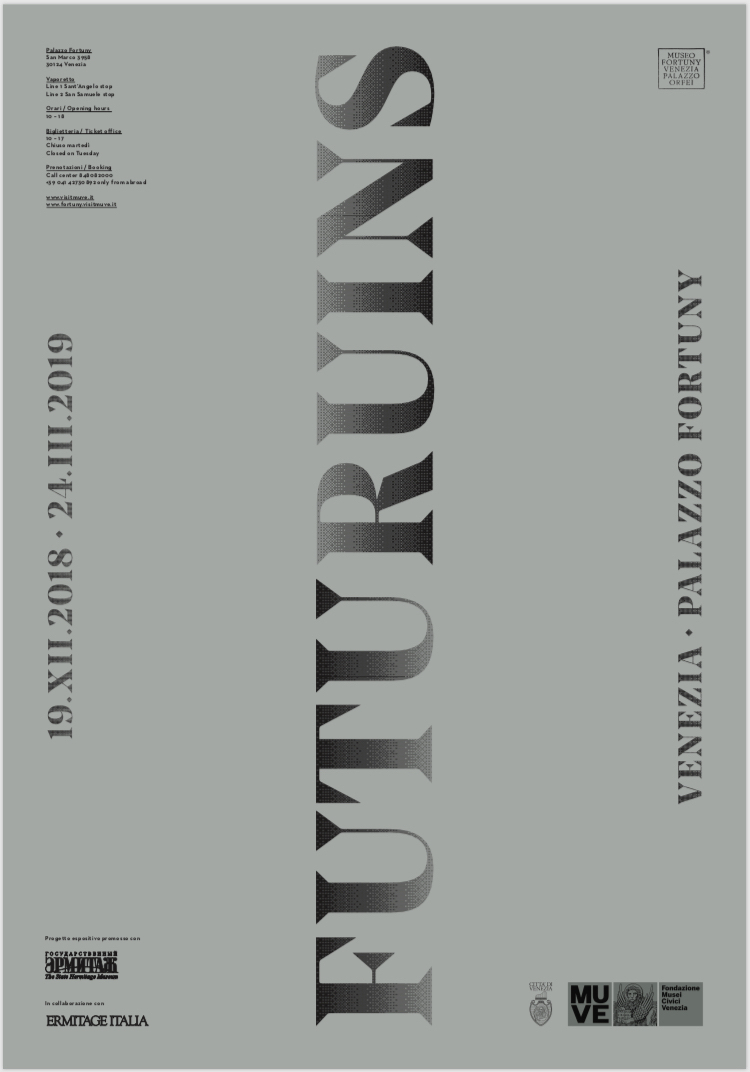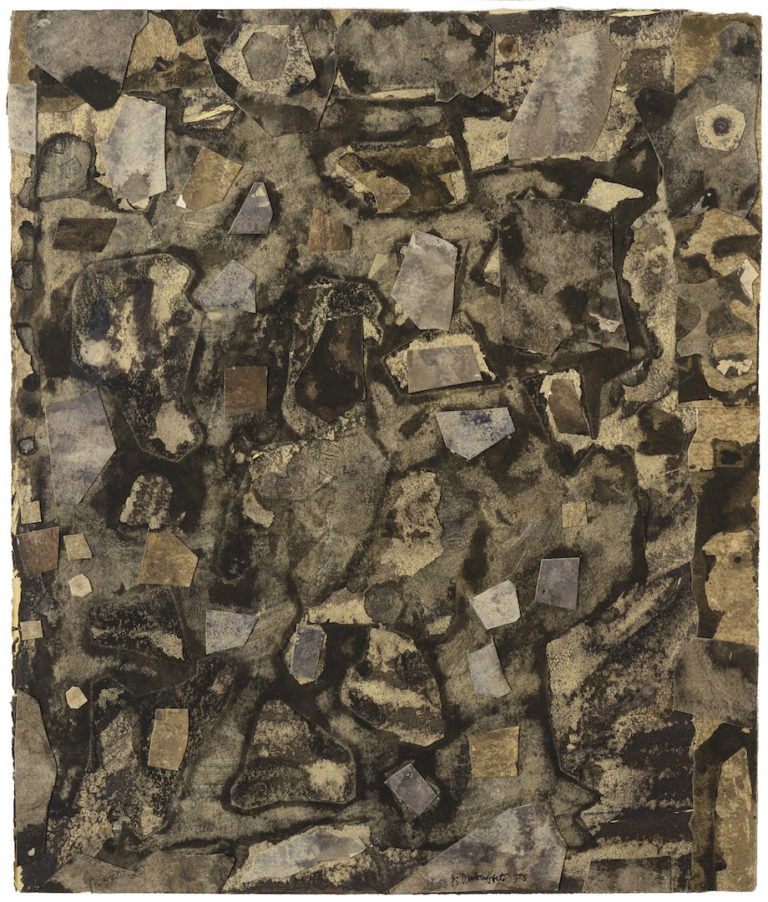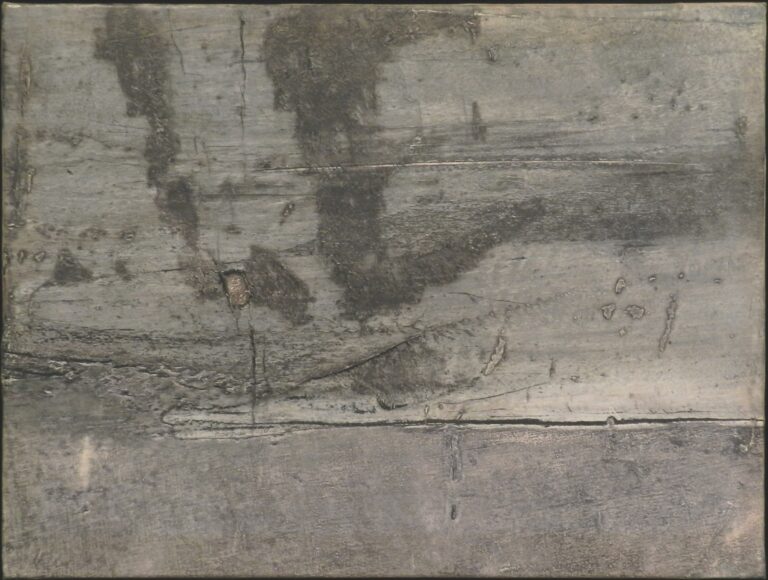Museo Fortuny Venezia Palazzo Orfei
Futuruins
Curator: Daniela Ferretti, Dimitri Ozerkov (The State Hermitage Museum, St-Petersburg) with Dario Dalla Lana
The aesthetic of ruins is a crucial element in the history of Western civilisation: it symbolises the presence of the past, but at the same time contains within itself the potential of the fragment. In fact, a ruin is never neutral: caught between nature and culture, suspended between destruction and reconstruction, it is immersed in the flow of time while tending towards eternity.
It comes from the past, confers a wealth of meaning to the present, and brings awareness to future projects. In order to give an idea of the historical complexity of the concept, the exhibition will range chronologically over the centuries, focusing on salient points: from the first mythologies of destruction, the effect of divine wrath (the Tower of Babel, Sodom and Gomorra, etc.) to the “iconoclastic terrorism” of Palmyra, while also including ancient Egypt, Greco-Roman antiquity, the “instauratio Romae”, the “ruine du Louvre”, twentieth-century destruction by war and the ruins of the Twin Towers.
When architecture collapses it evokes the decadence of the civilisations that produced it, in this way the parallel of a building and a body is the revelatory element that refers to the transience of human life and the disintegration of the body, while also engaging the concept of cyclicity: the historical alternation between crisis and rebirth. Even today the contemplation of ruins can be a source of a new awareness if one considers them from the perspective of memory on the one hand, and design on the other.
Palazzo Fortuny

-

Jean Dubuffet (1901—1985)
Gaillard Novembre 1958Gouache, ink and collage on paperFormer Daniel Cordier Collection -

Judit Reigl (1923—2020)
Guano 1958Oil on canvasFormer Judit Reigl Collection